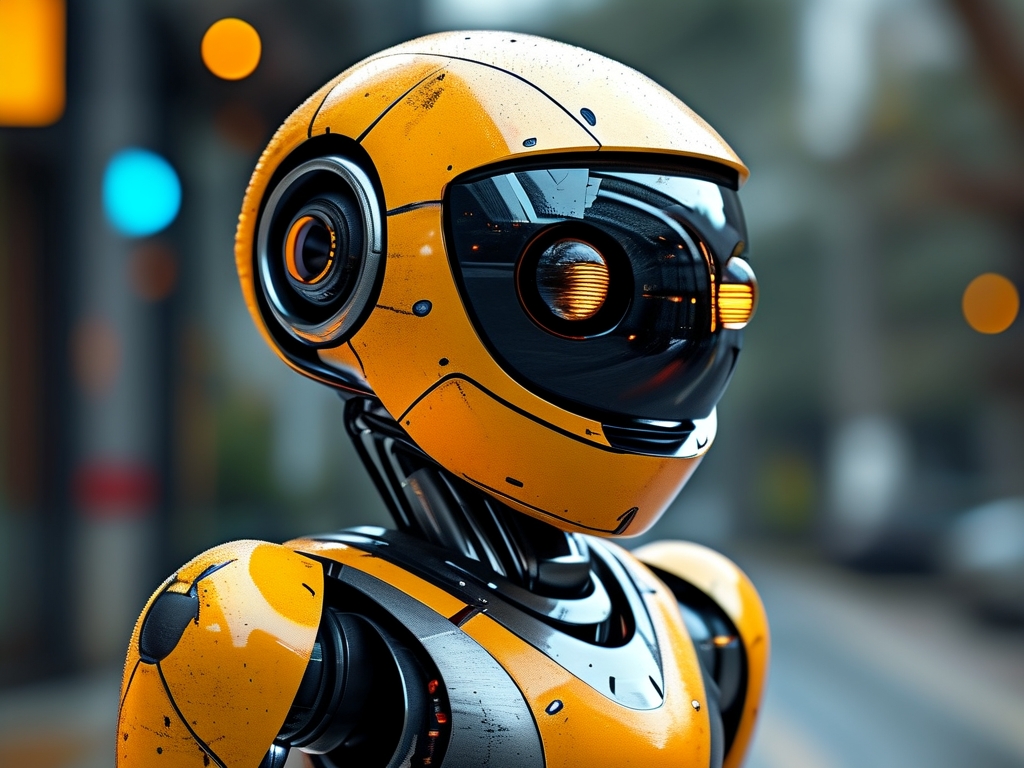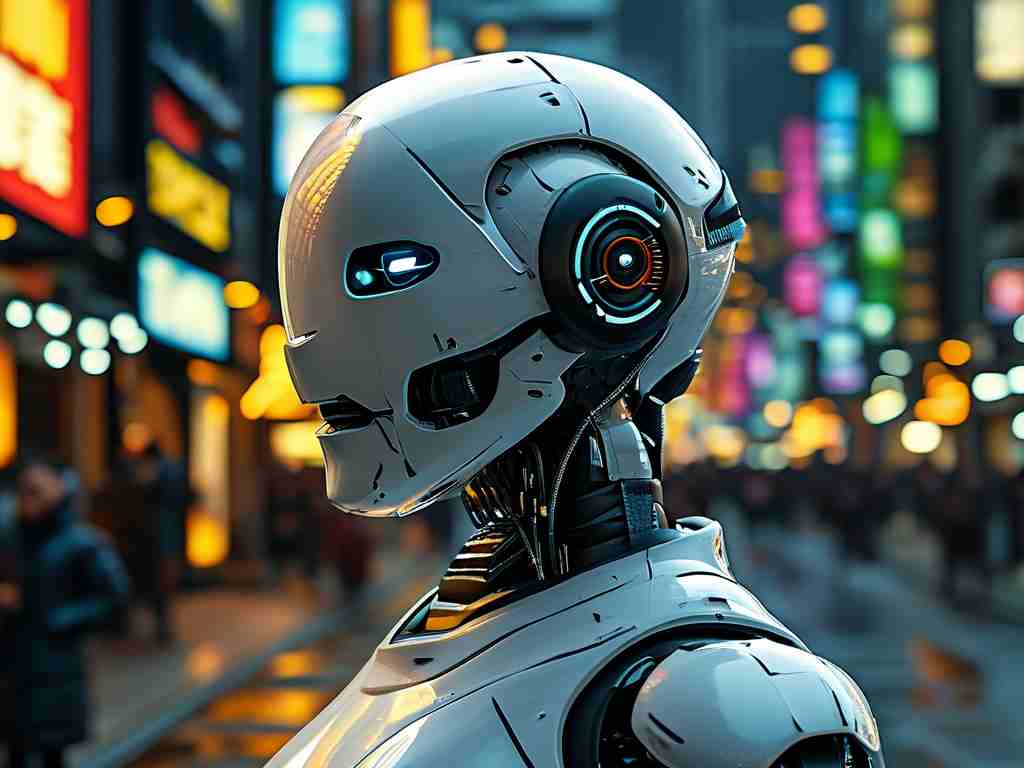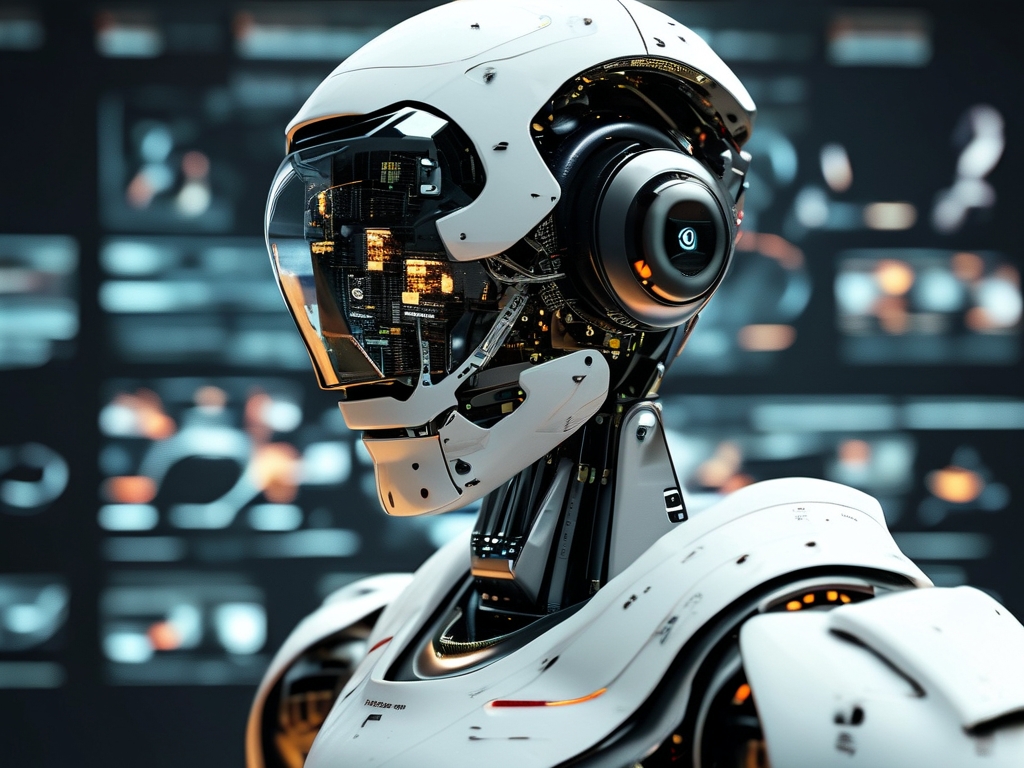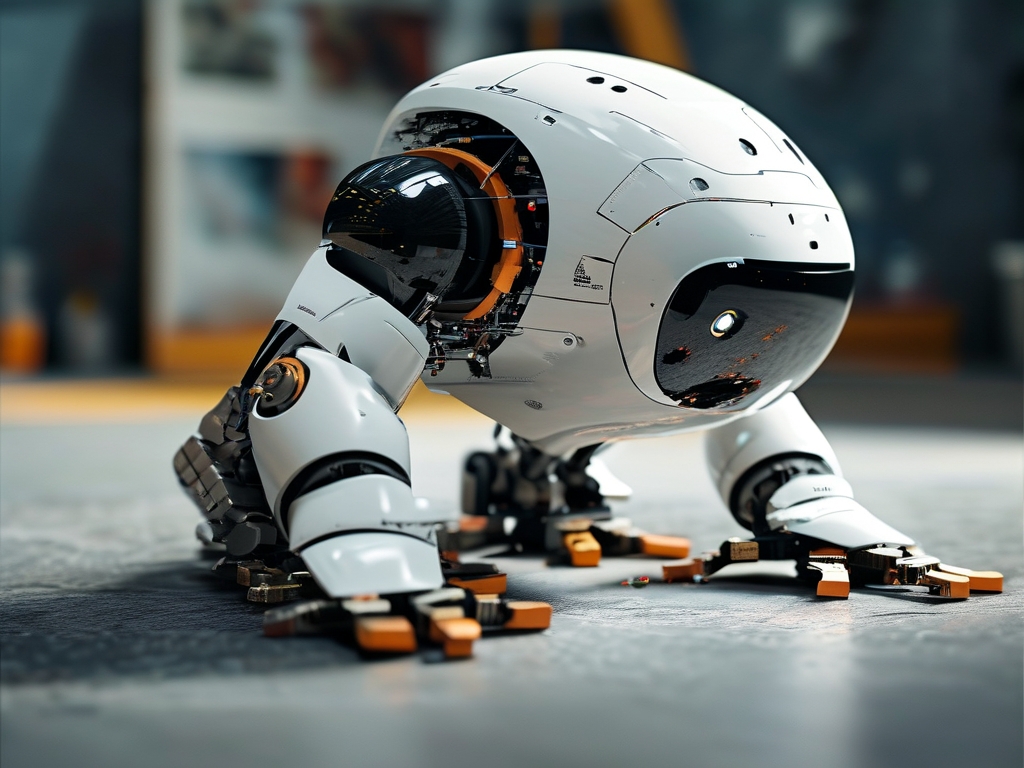The field of robotic perception has undergone transformative advancements over the past decade, enabling machines to interpret and interact with their environments with unprecedented accuracy. From industrial automation to healthcare and autonomous vehicles, breakthroughs in sensor technologies, data processing algorithms, and multimodal integration are redefining the boundaries of what robots can achieve. This article explores the latest developments in robotic sensory systems, their real-world applications, and the challenges that lie ahead.

1. The Evolution of Robotic Perception
Robotic perception refers to a machine’s ability to gather, process, and act upon environmental data using sensors. Early systems relied on basic infrared or ultrasonic sensors for obstacle detection. Today, advancements in lidar (Light Detection and Ranging), high-resolution cameras, and tactile sensors have created a new paradigm. For instance, modern lidar systems can generate 3D maps in real time with centimeter-level precision, while event-based cameras—inspired by biological vision—capture motion at microsecond resolutions, reducing latency in dynamic environments.
A key milestone has been the integration of multimodal sensing. By combining visual, auditory, tactile, and even olfactory data, robots can construct a holistic understanding of their surroundings. For example, Boston Dynamics’ "Spot" robot uses lidar, cameras, and inertial sensors to navigate complex terrains, while surgical robots like the da Vinci system employ force feedback and stereoscopic vision to assist surgeons with micron-level precision.
2. Breakthroughs in Sensor Technologies
LiDAR and Depth Sensing: Once prohibitively expensive, solid-state lidar systems now offer compact, cost-effective solutions for autonomous vehicles and drones. Companies like Velodyne and Ouster have pioneered miniaturized lidar units that deliver 360-degree coverage, critical for self-driving cars navigating urban environments.
Tactile and Haptic Feedback: Innovations in flexible electronics have led to "e-skin" technologies. Researchers at the University of Tokyo recently developed a self-healing synthetic skin embedded with pressure sensors, enabling robots to handle delicate objects like fruits or human hands without causing damage. Similarly, MIT’s GelSight technology uses elastomeric materials and cameras to detect surface textures at a microscopic scale.
Biologically Inspired Sensors: Mimicking natural systems has unlocked novel capabilities. For instance, neuromorphic cameras replicate the human retina’s ability to detect changes in light intensity, drastically reducing power consumption. Meanwhile, echolocation systems inspired by bats are being tested for robots operating in low-visibility environments like underwater or disaster zones.
3. The Role of AI and Machine Learning
Raw sensor data alone is insufficient; interpretation requires sophisticated algorithms. Deep learning models, particularly convolutional neural networks (CNNs), have revolutionized image and video analysis. For example, NVIDIA’s DRIVE platform uses AI to process data from cameras, radar, and lidar simultaneously, enabling real-time decision-making in autonomous vehicles.
Sensor Fusion—the integration of data from multiple sources—has become a cornerstone of modern robotics. Kalman filters and Bayesian networks are widely used to reconcile discrepancies between sensors. A notable example is Waymo’s autonomous fleet, which combines lidar, radar, and camera inputs to predict pedestrian movements even in heavy rain or fog.
Reinforcement learning (RL) is another frontier. Robots like OpenAI’s Dactyl use RL to train in simulated environments, mastering tasks like manipulating objects through trial and error. This approach reduces reliance on pre-programmed instructions, allowing robots to adapt to unpredictable scenarios.
4. Applications Across Industries
- Healthcare: Surgical robots like the da Vinci system leverage haptic feedback and 3D vision to perform minimally invasive procedures. Meanwhile, assistive robots equipped with emotion-recognition sensors are aiding patients with dementia by interpreting facial expressions and vocal tones.
- Agriculture: Drones with multispectral cameras analyze crop health, while autonomous harvesters use tactile sensors to pick fruits without bruising them.
- Disaster Response: Robots like Japan’s Quince navigate collapsed buildings using thermal imaging and gas sensors to locate survivors.
- Retail: Amazon’s Astro robot employs spatial awareness to navigate homes, while warehouse robots like Symbotic use vision systems to sort packages at high speeds.
5. Challenges and Future Directions
Despite progress, significant hurdles remain. Sensor limitations in extreme conditions (e.g., fog, dust) still plague autonomous systems. Data overload is another issue: processing terabytes of sensor data in real time demands immense computational power. Privacy concerns also arise as robots equipped with cameras and microphones become ubiquitous.
Looking ahead, researchers are focusing on edge computing to decentralize data processing, reducing latency. Quantum sensors, capable of detecting minute magnetic or gravitational changes, could revolutionize navigation in GPS-denied environments. Additionally, advancements in explainable AI (XAI) will be critical for building trust in robotic decision-making, especially in high-stakes fields like healthcare.
The progress in robotic perception technology is not merely incremental—it is reshaping industries and redefining human-machine collaboration. As sensors grow more sophisticated and AI algorithms more intuitive, robots will increasingly operate alongside humans in roles ranging from caregivers to explorers of hostile environments. However, overcoming technical and ethical challenges will require interdisciplinary collaboration, ensuring that these technologies serve humanity safely and equitably. The next decade promises to unlock even greater possibilities, blurring the lines between biological and artificial perception.




